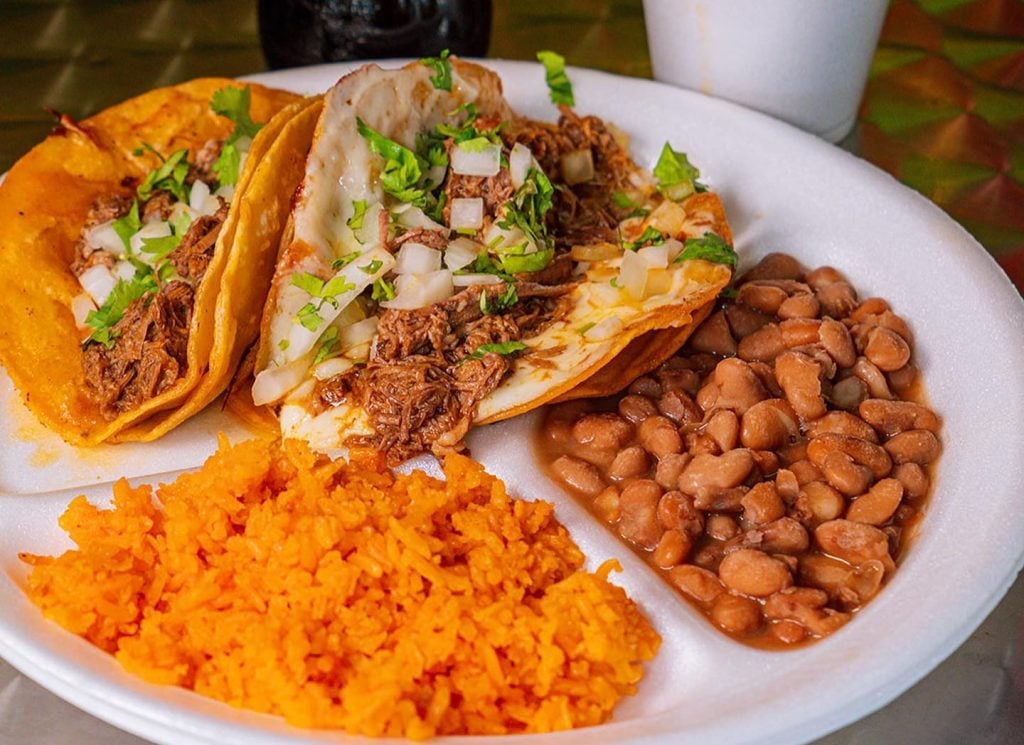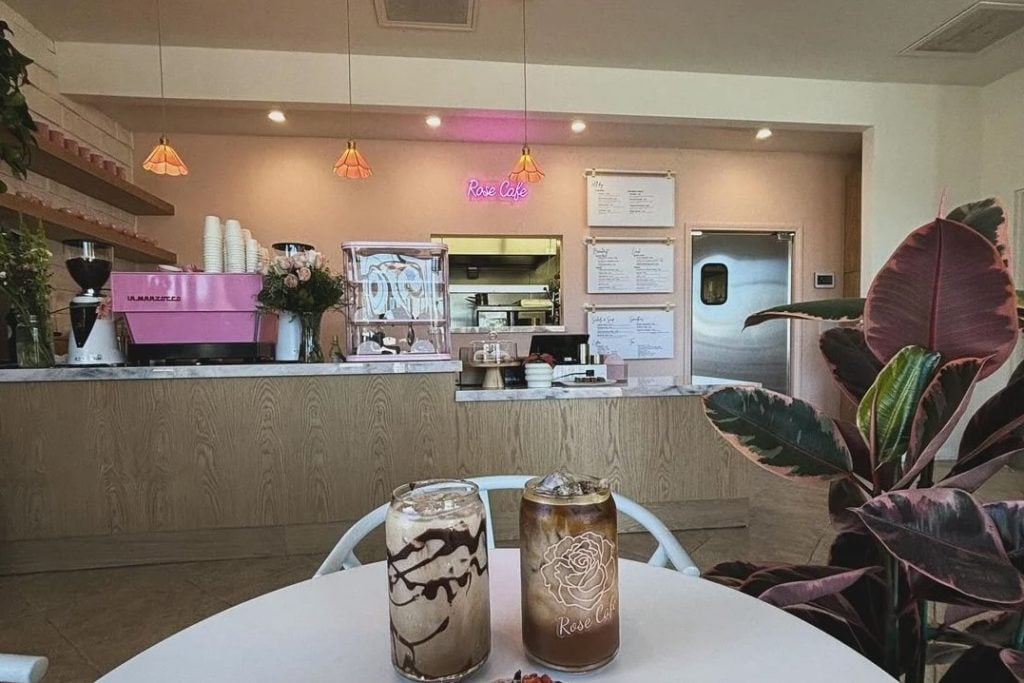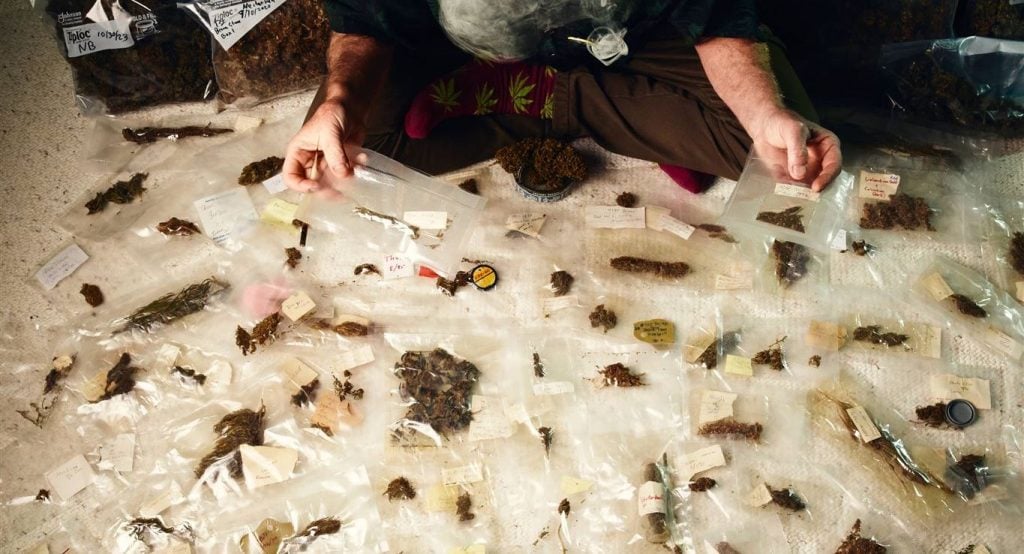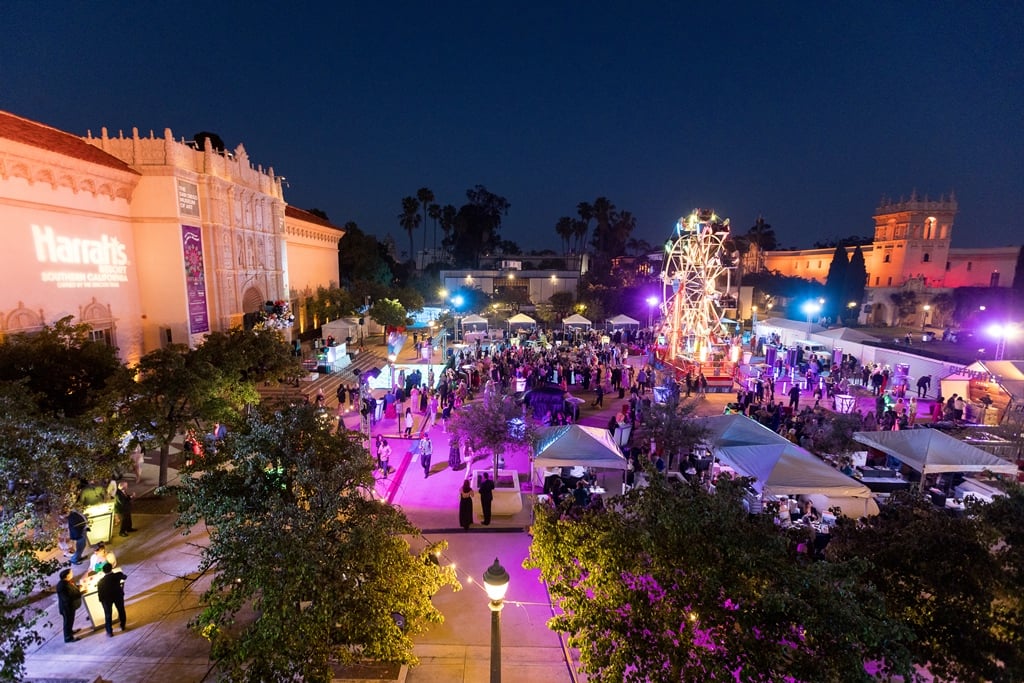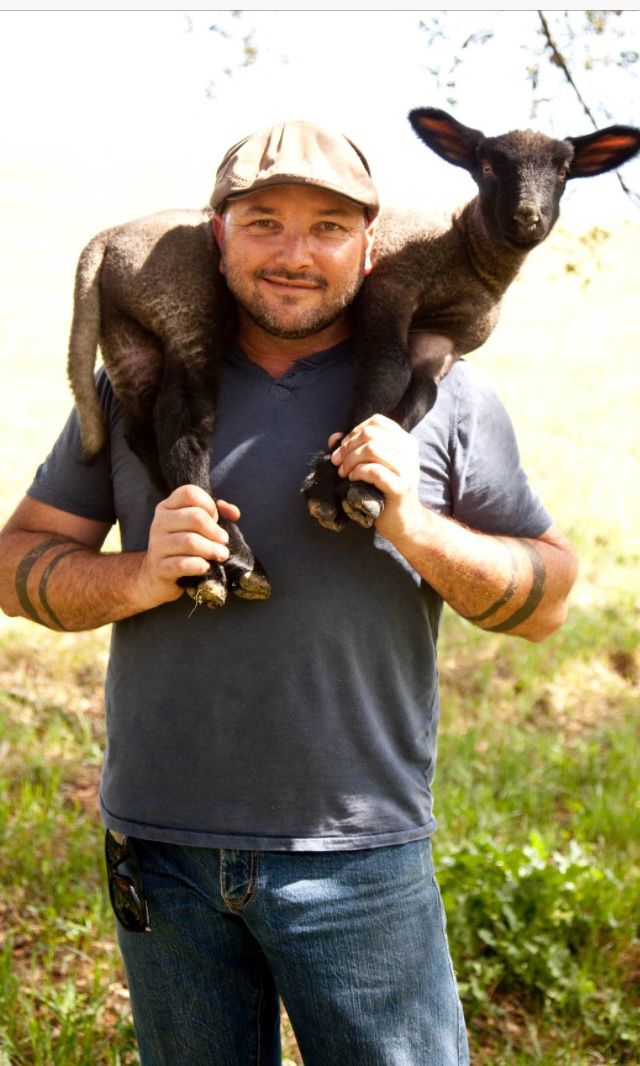As it stands now, San Diegans can’t eat most meat raised in the county. Not unless they want to buy an entire animal.
Local food is a good thing. First, it means our city is tending to its own land and has an idea of its health. Second, it carries on an almost lost tradition (growing your own food) and teaches the basic life skill of getting dinner to the table—especially now that Home Ec has been replaced by Java Scripting in the American curriculum. Third, anytime you spend money in your own community, your community improves. Fourth, food not shipped thousands of miles tastes better. Fifth, it’s easier to ensure the people making your food share your ethics—whether organic, grass-fed, biodynamic, sustainable, fair trade, etc. Sixth, well there are lots of reasons.
The ideal? Create a large, interwoven network of local people who are growing, ranching and creating great-tasting food that treats the environment, animals and people in an ethical manner where they’ll thrive for generations.
Pie, meet sky, right?
Talk is cheap. The hard part is bringing together the people who can really make that happen, or get us closer.
That’s the goal of the Berry Good Food Foundation (BGFF), a nonprofit started this year by Michelle Lerach. A longtime proponent of sustainable food ways in San Diego, Lerach has hosted her “Berry Good Night” dinner series since 2009. Every year, the dinner pulls farmers, ranchers, chefs, eaters, politicians, moneymakers, policy advocates, purveyors and advocates together in her backyard (a massive estate, overlooking Black’s Beach). The idea is to foster relationships that will lead to real, tangible progress. (Disclosure: I’m an advisor to the BGFF board).
Maybe that’s teaching eaters and chefs to use the whole animal (thus reducing waste). Or bringing farmers together to brainstorm ways to improve the lives of farm workers. Or spearheading a local USDA-approved slaughterhouse so that San Diegans are able to buy meat raised in their own backyard.
The latter is a concern of Jack Ford, owner/rancher of Taj Farms and Ranch Coordinator for the BGFF. Over the last 10 years, Ford has raised sheep, goats, poultry, and pigs on his acreage in Valley Center, using food from the farm or his neighbors, and treating his animals with respect. “Every living thing deserves a quality of life and death,” he says.
Ford’s meat is top quality. And San Diegans can’t buy it at any retail outlet. In fact, San Diegans can’t really buy much locally raised meat at all. Why? In order to sell meat retail, ranchers must have their animals slaughtered at a USDA-approved facility. San Diego doesn’t have one. The closest is in Riverside.
San Diego’s last slaughterhouse—Talones in Escondido—shut down last year. Sure, some local ranchers send their animals up north to USDA plants. But most don’t bother.
Ford fills us in on the problem, and a potential solution:
WHERE DO YOU SELL MOST OF YOUR MEAT NOW?
I don’t send any of my animals to USDA plants. Everything is harvested on the farm. Without it going to a government audit, I have to sell the animal live. Technically, the slaughter, cut and wrap of the animal needs to be done by the new owner. My biggest market are individuals who are buying for their community. I sell them the animal whole. These are people who don’t want to ingest any meat from an animal who’s had a bad life. They don’t want to buy anything from China. They’re stewards of the environment. Everything is relationship bound.
WHERE’S THE CLOSEST SLAUGHTERHOUSE?
For ruminants (goat beef and cattle), there’s one in Riverside. There’s Pico Rivera in L.A. But you have to have a minimum number of cattle to be able to use them. There are state places, but you can’t retail anything that goes through state. It has to be USDA to sell retail.
WHY DON’T YOU SEND YOUR ANIMALS THERE?
I used to send them to the USDA plant in Riverside. But then I thought, ‘Why am I working so hard at breeding and raising these animals, giving them a quality of life, and then scaring them to death when I drive them to this place, shoving them into something that smells like a public swimming pool?’ Is what comes out the other side really something I can be proud of? All living things should have a quality of life and a quality of death. During the drive to the slaughterhouse, pigs will lose 15 percent or more of their body mass because of the stress. That’s why you don’t see pig farms south of Porterville.
DOES SAN DIEGO NEED A USDA-APPROVED SLAUGHTERHOUSE?
The food scene needs one. Farm to table then can have a local retail outlet for good, local meat. Ranchers in San Diego can send it there and sell to restaurants and markets. It would open up a whole new market. It would then allow crop farmers to add more biodynamics to their farms.
WHAT’S THE SOLUTION?
I think the Talones location in Escondido will probably work at some point. That’s been inactive for a little over a year, but hasn’t been USDA approved for over 15 years. There are individuals and foundations with the resources to accomplish this problem. I’m currently working on putting these minds together. It would have to be run by a co-op, a foundation and not for profit. The location of Talone’s is perfect. It’s surrounded on one side by railroad tracks and on one side by the freeway. It would be hard for PETA to get in there. It would be easy to defend the castle.
WHY HASN’T ANYONE DONE IT YET?
The community is disjointed. It hasn’t ever been a priority for anybody here because they’re all small producers and worked around it and not taken it seriously. It hasn’t been a priority for consumers yet because people have situational ethics with food. People go into Trader Joe’s to buy tomato sauce that’s certified organic, but it’s grown in a sub equatorial country where women don’t have reproductive rights. We’ve dumbed down home economics and dumbed down food and it’s removed the ritual for our lives. Anytime you spend money in your community, your community gets better.
WHY DOESN’T THE USDA SANCTION MORE LOCAL OPERATIONS?
The government would like to only have three USDA plants for our whole country. They are constantly trying to consolidate the number of USDA-approved plants. They’d rather have these major factory farms where you have the processing plants right there. Who are all of the people who run the USDA? It’s the people who run Monsanto and the drug companies. We’ve gotten into this cycle we take pharmaceuticals to counteract the pharmaceuticals in our food.
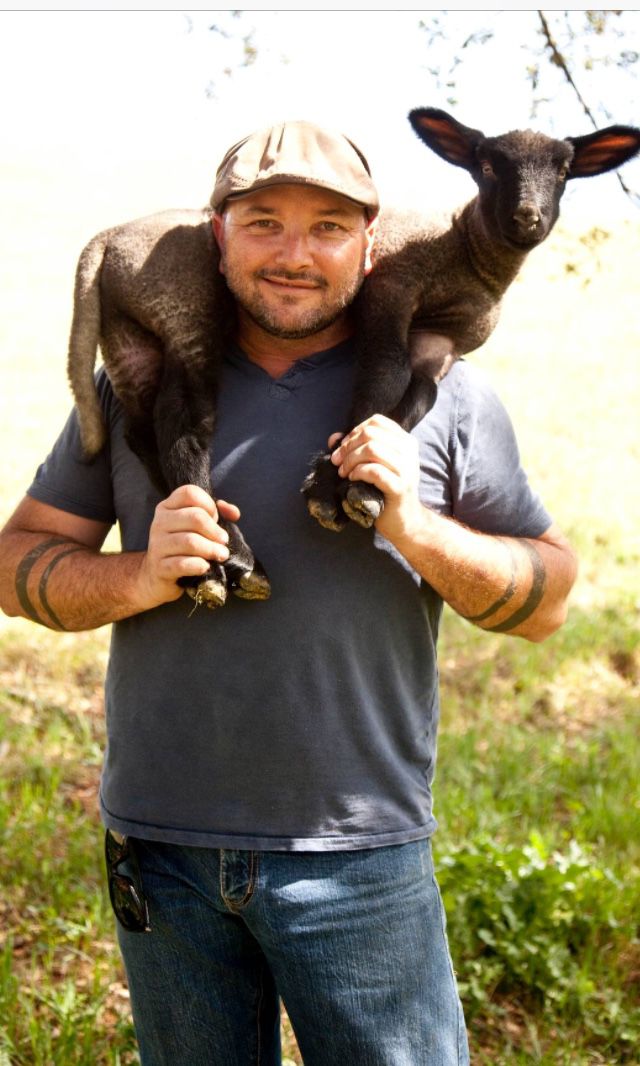
Jack Ford of Taj Farms.
